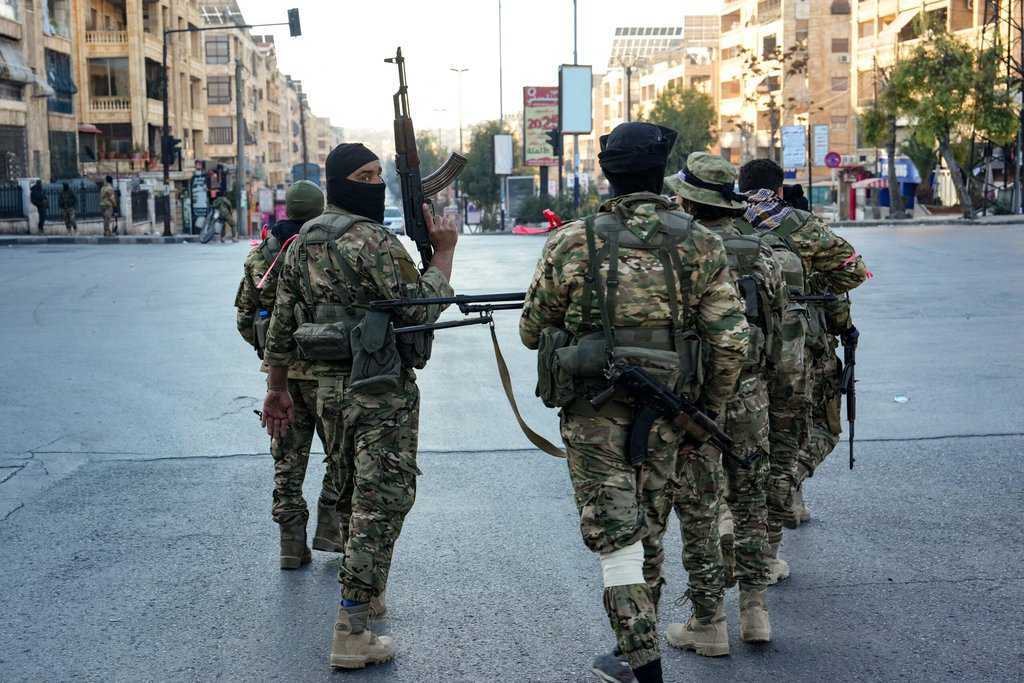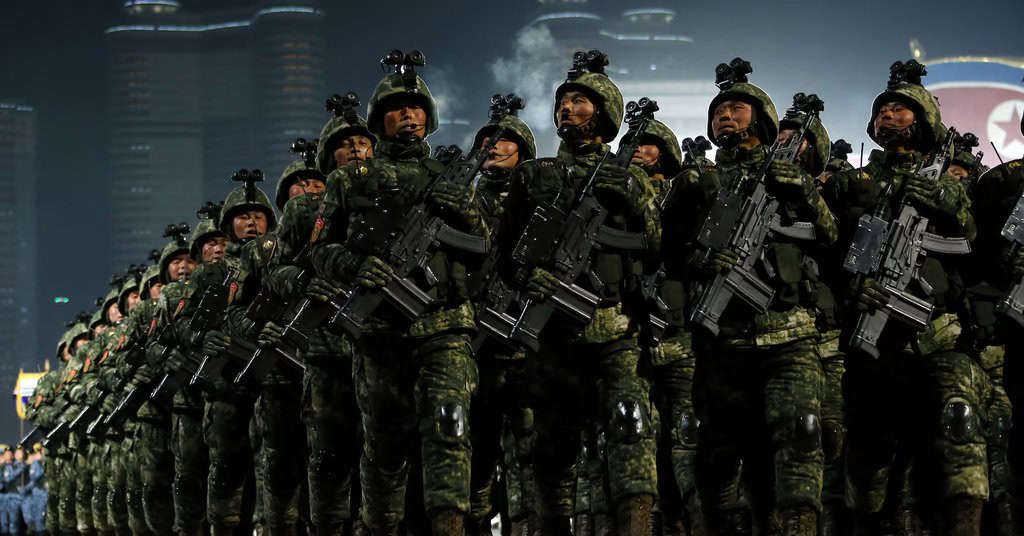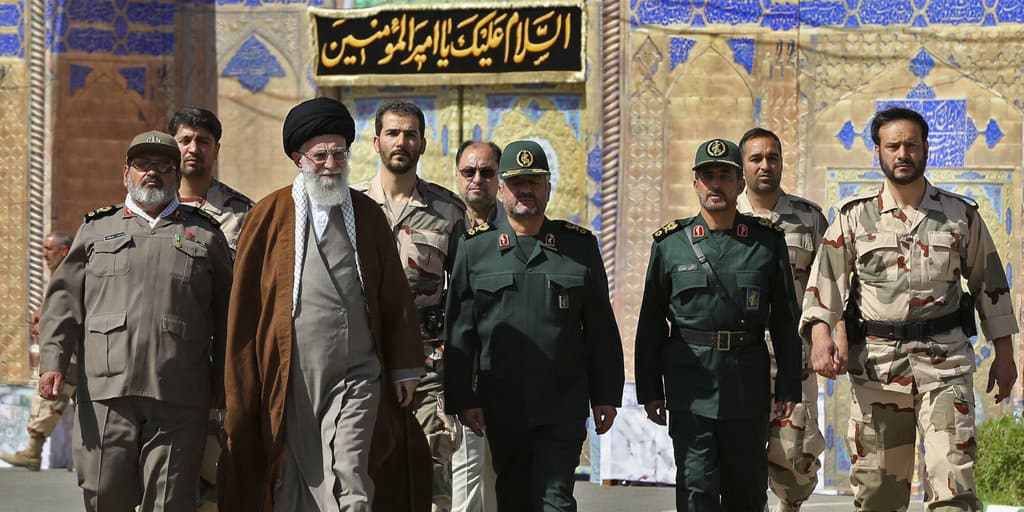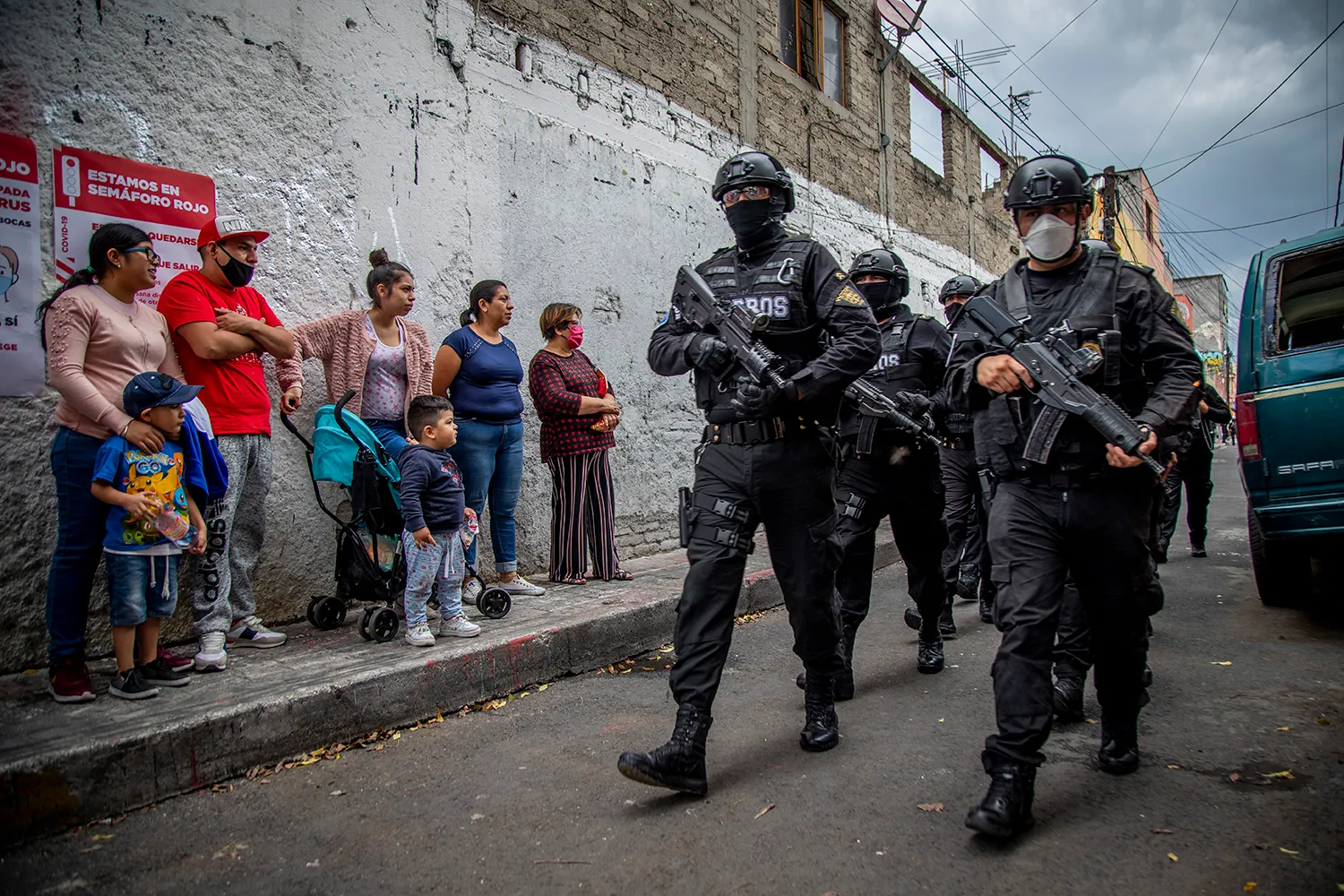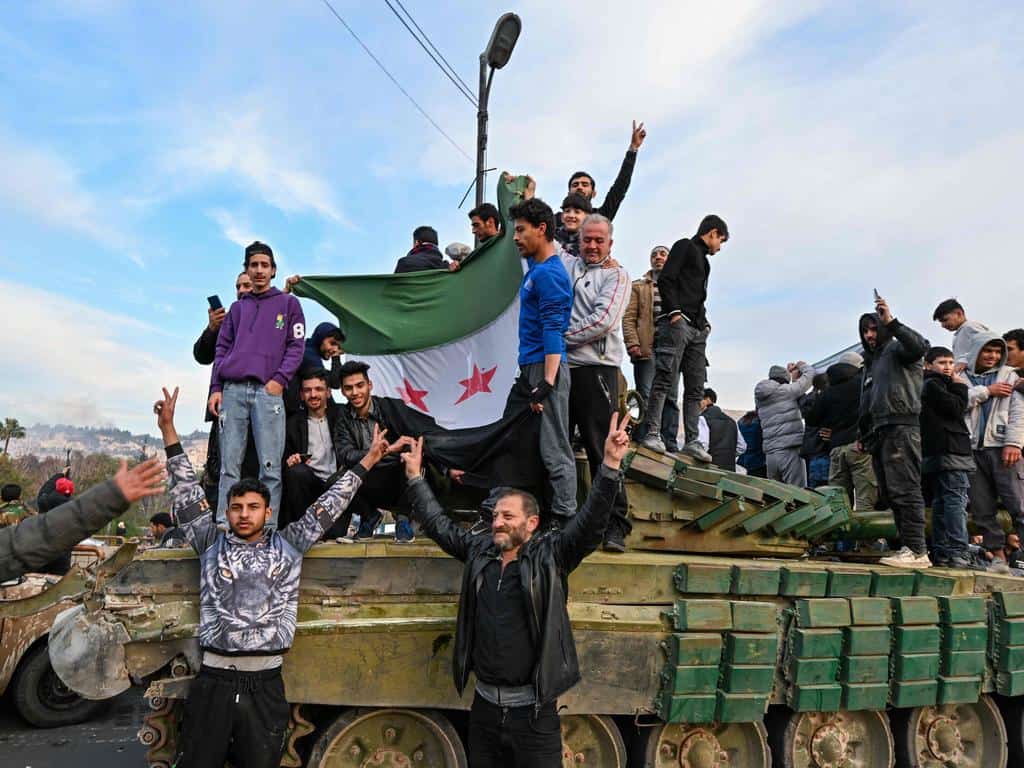As Syria’s civil war continues into its second decade, the possibility of a rebel victory over President Bashar al-Assad’s government has become a focal point for analysts, policymakers, and regional actors alike. With the Syrian Arab Army (SAA) grappling with numerous internal and external challenges, a shift in the balance of power could alter the trajectory not only of Syria, but the broader Levant.
A Changing Geopolitical Order
Syria’s civil war has pitted President Assad’s government, propped up by allies such as Russia and Iran, against a diverse array of opposition factions, including Kurdish forces, the Syrian Democratic Forces (SDF), and various rebel groups. Despite ongoing conflict, Assad remains in power, primarily due to the support of his foreign backers. But what happens if the rebel’s current offensives that succeeded in capturing Aleppo, Hama, and Daraa gain the upper hand and topple Assad’s rule in Damascus? The geopolitical landscape of the Levant would undergo a profound transformation, with consequences extending far beyond Syria’s borders.
- Syria’s Fragmented Future: It’s unlikely that a post-Assad Syria would resemble a unified state. Sectarian and ethnic divisions—among Alawites, Sunnis, Kurds, and Christians—would create multiple, potentially autonomous regions. The Kurdish-majority north, currently under the control of the SDF, might push for full independence or at least expanded autonomy, an outcome that would likely provoke resistance from Turkey, which views the SDF as an extension of the PKK (Kurdistan Workers’ Party). Meanwhile, rebel-controlled zones in the south and northwest could seek to form their own governing structures.
- Influence of Regional Powers: Turkey, which has supported opposition groups in northern Syria, would likely attempt to shape the post-Assad era, aiming to limit Kurdish autonomy near its borders while securing a favorable Sunni-majority government. The balance of power could see increasing competition between regional players—Saudi Arabia and Qatar, who have historically backed rebel factions, might seek to assert their influence, while Iran’s alignment with Shiite militias could fuel tensions.
- The Iranian Factor: Iran’s involvement with Assad’s government, particularly through military support and Shiite militia groups, has played a pivotal role in sustaining the government. A rebel victory would reduce Iranian influence, but Tehran’s regional aspirations could continue to complicate a transition, especially in southern Syria and the strategically vital Golan Heights region.
Humanitarian Consequences and Social Reconstruction
The toll of Syria’s war is staggering—over 500,000 dead, millions displaced, and entire cities reduced to rubble. According to the United Nations, more than 13 million Syrians need urgent humanitarian aid, and 6.8 million are refugees. In the event of a rebel victory, the aftermath would pose significant humanitarian challenges.
- Return of Refugees: A key question would be whether refugees could return safely. Although many Syrians are eager to return to their homeland, the destruction of infrastructure and ongoing security concerns could hinder large-scale repatriation. International aid organizations would play an essential role in managing this complex process, though rebuilding efforts would likely face delays due to instability and the lack of resources.
- Reconciliation and Sectarian Healing: The social fabric of Syria has been torn apart by years of sectarian violence, and any new government would have to navigate a complex and delicate reconciliation process. Sunni-majority opposition groups and the Alawite-dominated Assad loyalists have long been at odds, and rebuilding trust would take years—if not decades. A comprehensive political solution, likely brokered by international mediators, would be necessary to avoid further conflict.
Economic Rebuilding and Challenges
The Syrian economy has been decimated by war, with GDP shrinking by more than 60%. Key industries such as oil, agriculture, and manufacturing have largely collapsed. Reconstruction would require immense financial resources, but this would be an uphill battle in a country where much of the infrastructure has been destroyed.
- Economic Sanctions and Recovery: One of the largest obstacles to Syria’s economic recovery would be the continued sanctions imposed by Western nations, which target sectors ranging from oil exports to trade and banking. These sanctions would likely persist until the new government has shown substantial progress on political and social reforms. The potential for reintegrating Syria into the global economy would depend heavily on the country’s ability to resolve its internal conflicts.
- Sector Diversification: Syria’s economy has long been dependent on oil exports. In the aftermath of a rebel victory, regions like northeastern Syria, which are rich in natural resources, might lead efforts to diversify the economy into sectors such as agriculture, technology, and renewable energy. However, economic recovery would be slow and heavily reliant on foreign assistance.
- Investment from Abroad: International investment would be a crucial factor in Syria’s rebuilding. The promise of a stable government could encourage investment from regional players like the Gulf states, but security concerns, combined with the uncertainty of Syria’s future political structure, could deter long-term foreign commitments.
Security and Governance in a Post-Assad Syria
The question of security would be one of the most pressing issues for a post-Assad government. Rebel groups, militias, and local warlords who have gained power during the conflict would continue to pose a threat to any new governing structure.
- Militia Power and Control: After the fall of Assad, the various militias that helped topple his government might refuse to disarm, much like Hezbollah following the 1989 Taif Agreement that ended the Lebanese civil war. Integrating these groups into a central security apparatus would be essential for maintaining stability, but doing so would be politically challenging. The potential for militia infighting or attempts to form parallel governance structures could exacerbate instability.
- Law and Order: A new government would need to establish functioning institutions of law and order, including a police force and judicial system, to ensure public safety and foster trust in the state. The difficulty of implementing such reforms in a fractured and war-torn nation cannot be underestimated.
- The Role of International Peacekeepers: Given the potential for continued violence in the absence of a stable central authority, international peacekeepers could play a key role in ensuring a smooth transition. The presence of UN forces or a coalition of international peacekeeping troops may be necessary to safeguard the delicate peace and assist in the rebuilding process.
A post-Assad Syria would face numerous challenges—political fragmentation, sectarian tensions, humanitarian crises, and a shattered economy. However, it also presents opportunities for reform, reconstruction, and the potential for a more inclusive and democratic future. The road to rebuilding Syria will be long and fraught with difficulties, but the eventual outcome could signal a new era for the Levant, where regional powers and international actors will play crucial roles in shaping the country’s future. As this ongoing conflict continues to evolve, the question remains: will Syria be able to heal its wounds and find peace, or will it remain trapped in a cycle of division and violence? Only time will tell.

